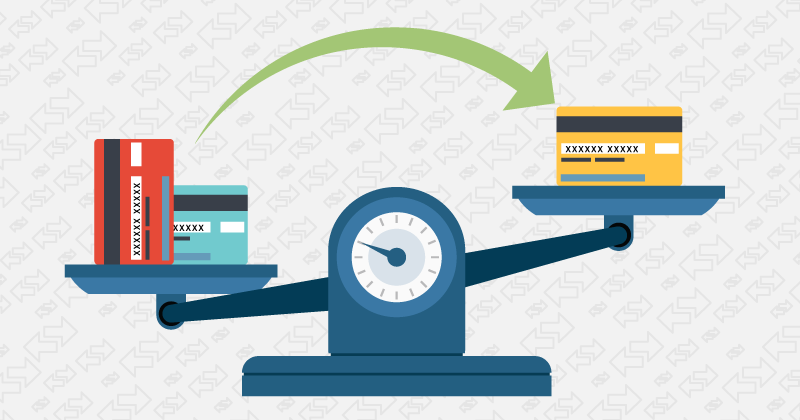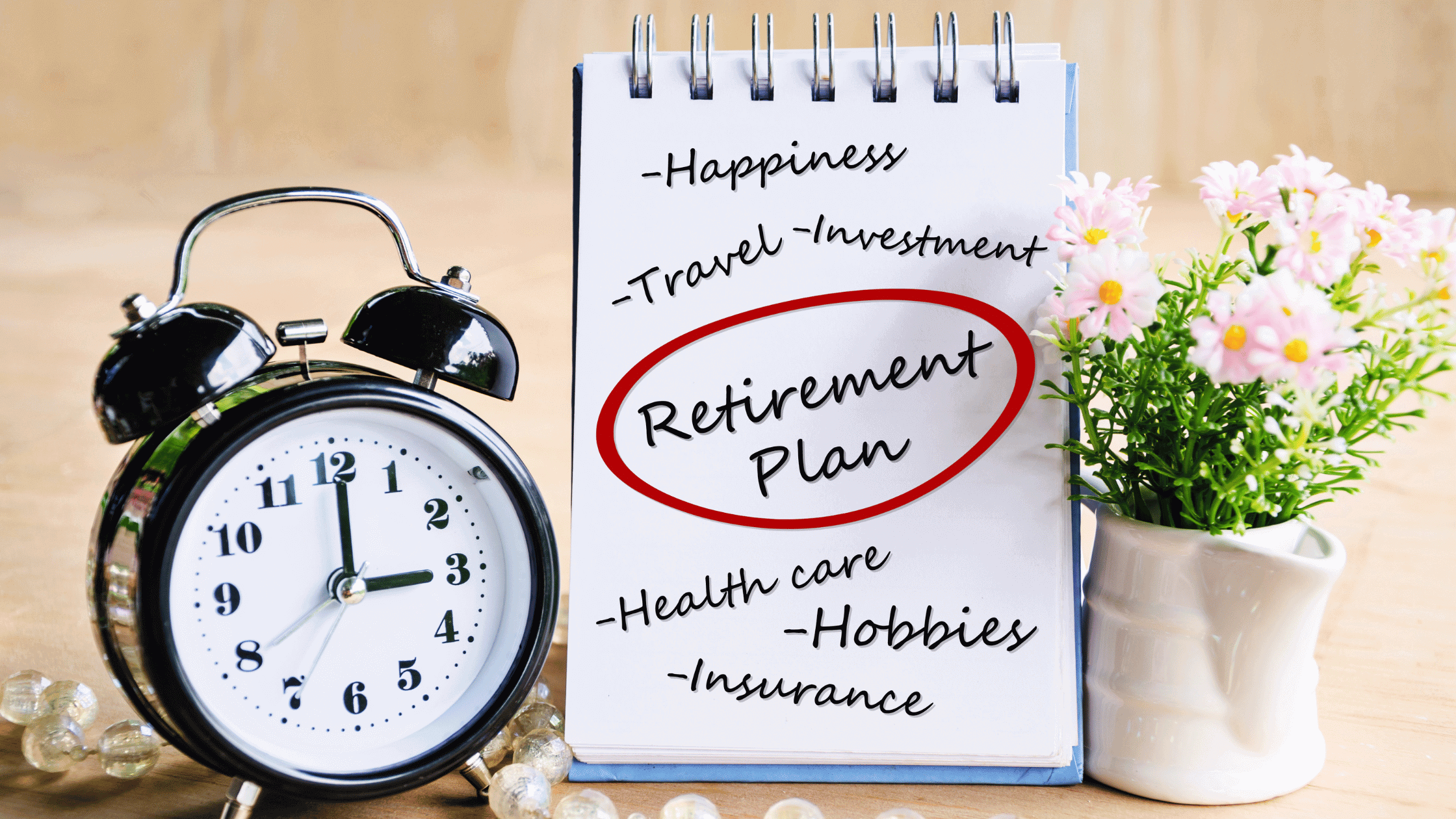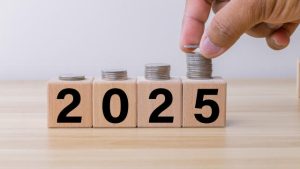Credit Cards: Convenience or Trap? How to Avoid Debt Pitfalls
Credit cards have become an indispensable financial tool in today’s world, offering the convenience of…
Credit cards have become an indispensable financial tool in today’s world, offering the convenience of buying now and paying later. With just a swipe, you can get anything you want, making it seem like the perfect solution for modern consumers. However, this convenience often hides a dangerous trap—debt accumulation that can spiral out of control if not managed wisely.
The Hidden Cost of Credit Card Debt
When most people use their credit cards, they focus solely on whether they can afford the minimum monthly payment. Rarely do they stop to consider how much they’ll end up paying in total or how long it will take to clear the debt. If the payment fits into their budget, the purchase is made, often without further thought.
But here’s the catch: credit cards come with high interest rates. This means that a large portion of each payment goes toward covering interest, not reducing the actual balance. Let’s break it down with a common example:
- Balance: $2,000
- Interest rate: 18%
- Minimum monthly payment: $40
At first glance, $40 per month seems manageable. However, of that $40, nearly $30 goes toward interest, leaving only $10 to chip away at the balance. Over time, this slow repayment strategy can cost you dearly. In fact, if you only make the minimum payments, it could take 30 years to pay off that $2,000 debt, costing you around $7,000 in total.
The Real Risk: Late Fees and Penalties
The situation can become even worse if you miss a payment or make a late payment. Credit card companies are quick to impose hefty fees, and these charges can snowball, making it even harder to get out of debt. Many companies actually rely on customers missing payments, as it boosts their profits through late fees and additional interest.
To truly grasp the impact of credit card debt, try using an online debt calculator. You might be shocked at how much you’ll end up paying over time. That’s why it’s crucial to get out of credit card debt as soon as possible—every month you carry that balance is costing you more.
How to Escape the Debt Trap
If you find yourself trapped in credit card debt, don’t panic—there are steps you can take to regain control. One effective strategy is to explore low-interest debt consolidation loans. These loans can help you pay off your credit card balances, often at a much lower interest rate. Some debt consolidation companies can even negotiate lower rates with your credit card providers.
Practical Tips for Staying Debt-Free
To avoid getting trapped in credit card debt in the future, here are a few practical tips:
- Pay more than the minimum: Whenever possible, pay more than the minimum amount due. This reduces the principal balance faster and cuts down on the total interest paid.
- Avoid unnecessary purchases: Think twice before making purchases on credit. If it’s something you wouldn’t buy with cash, reconsider charging it to your card.
- Track your spending: Keep a close eye on your credit card usage. Regularly review your statements to ensure you’re staying within your budget.
- Set up automatic payments: To avoid missed payments and late fees, set up automatic payments for at least the minimum amount.
The Bottom Line
Credit cards offer convenience, but they can quickly lead to long-term financial headaches if not managed wisely. By using restraint and focusing on paying down your debt, you can free yourself from the burden of high-interest credit card debt. Start taking control today—your financial future depends on it.







